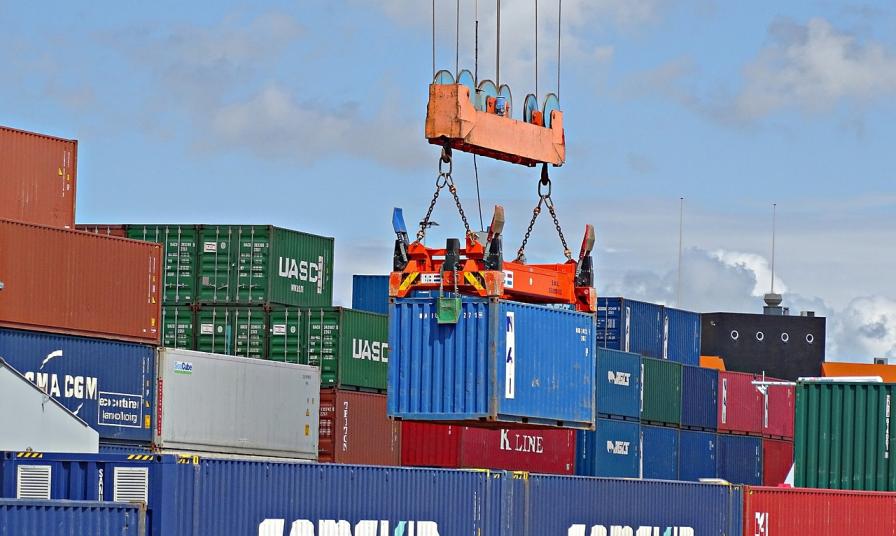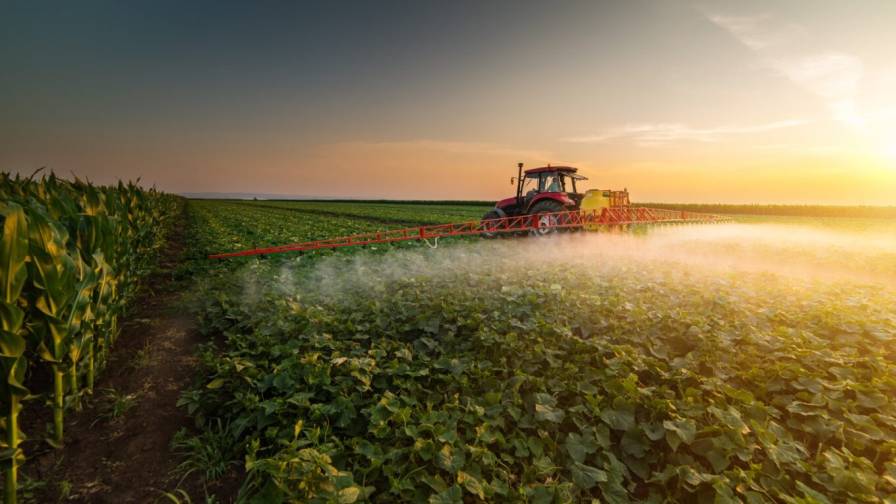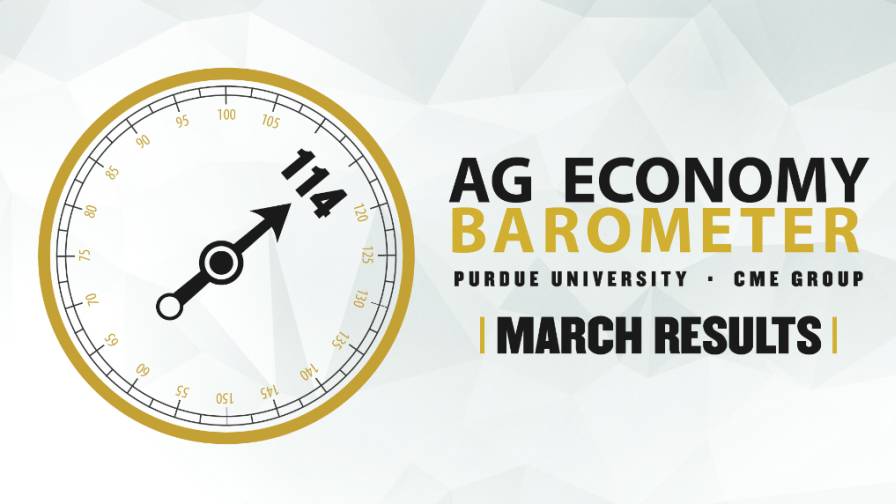Coming To a Farm Near You: The Endangered Species Act
If farmers don’t have enough to worry about, let’s add more to their to-do list: Figuring out how the Endangered Species Act (ESA) will restrict which pesticides they will use, and where and how they will use them.
This added burden is due to 20 years of litigation against the EPA to force ESA-required “consultation” into the pesticide regulatory process. Now, before EPA registers or re-registers any conventional product, they must conduct an ESA assessment to determine impacts on threatened or endangered species. If a product could cause “jeopardy or adverse modification,” EPA must “consult” with either the National Marine Fisheries Service or the Fish & Wildlife Service and add required mitigation measures to the label before issuing the registration. The result: The ESA fox is now living in the pesticide application henhouse.
This may be the first time that farmers are hearing about this. Not so for their Washington, DC, representatives. EPA has released two of the strategies for complying with court ordered consultations: The “Vulnerable Species Pilot Project” (VSPP) and the “Herbicide Strategy.”
Here’s what the American Farm Bureau Federation had to say about the VSPP: “By not providing sufficient compliance options for these users, EPA is risking users in these Pesticide Use Limitation Areas from being able to use pesticides entirely, which will carry serious harmful implications for food, fiber, and fuel production, infrastructure protection, and public health efforts.”
Here’s what a coalition of farm groups had to say about the herbicide strategy: “This complex, unworkable proposal would result in significant new, costly regulatory burdens for millions of U.S. agricultural producers. Others would simply be unable to comply with the proposal, undermining their continued access to herbicides. As a result, we are concerned this proposal could jeopardize the continued viability of farming operations across the United States.”
Given these strong and unambiguous words from farm groups, many people are wondering why this isn’t front page news across rural America. There are two reasons. First, we are at the front-end of ESA label restrictions. Many more will soon appear on labels. Second, this issue is mind-numbingly complicated. It can’t be explained in an elevator speech, nor is comprehension likely following a day-long seminar.
Fixing this won’t be easy. The most straightforward approach is to get Congress to establish the Federal, Insecticide, Fungicide and Rodenticide Act (FIFRA) as the sole federal statute regulating pesticides. But that might require amending the ESA, which is hugely problematic because, throughout ESA’s 50-plus years history it has never been amended and Congressional attempts to do so have ended political careers. If any federal statute is bullet-proof, it’s the ESA.
For the Council of Producers and Distributors of Agrotechnology’s part, we are working on two things to lessen the ESA threat. First, we are working with EPA to include drift reduction adjuvants (DRAs) as a mitigation option in both the VSPP and herbicide strategy. DRAs are the grower “easy button” and should be included which will reduce the size of no-spray buffers. Second, we are calling on Congress to include Farm Bill language calling on USDA to conduct an economic study examining the impacts from ESA effects on the pesticide regulatory process. At this point, we are flying blindly into a possible economic disaster for the farm economy, food prices and food security.
For years, ag groups have sounded the alarm over the coming ESA/FIFRA train wreck. The train wreck is here and it’s now time to set ESA and FIFRA on separate tracks.





